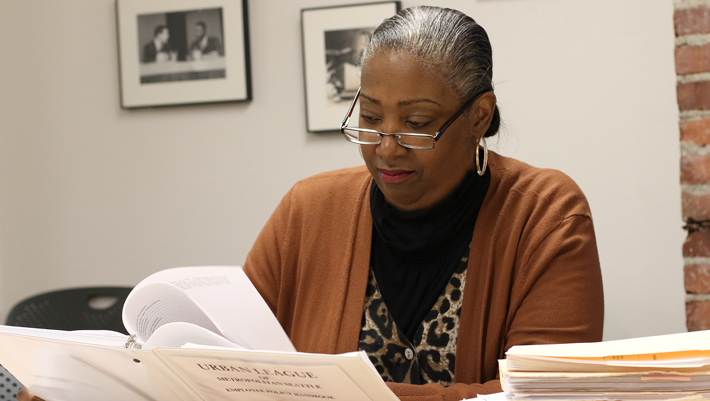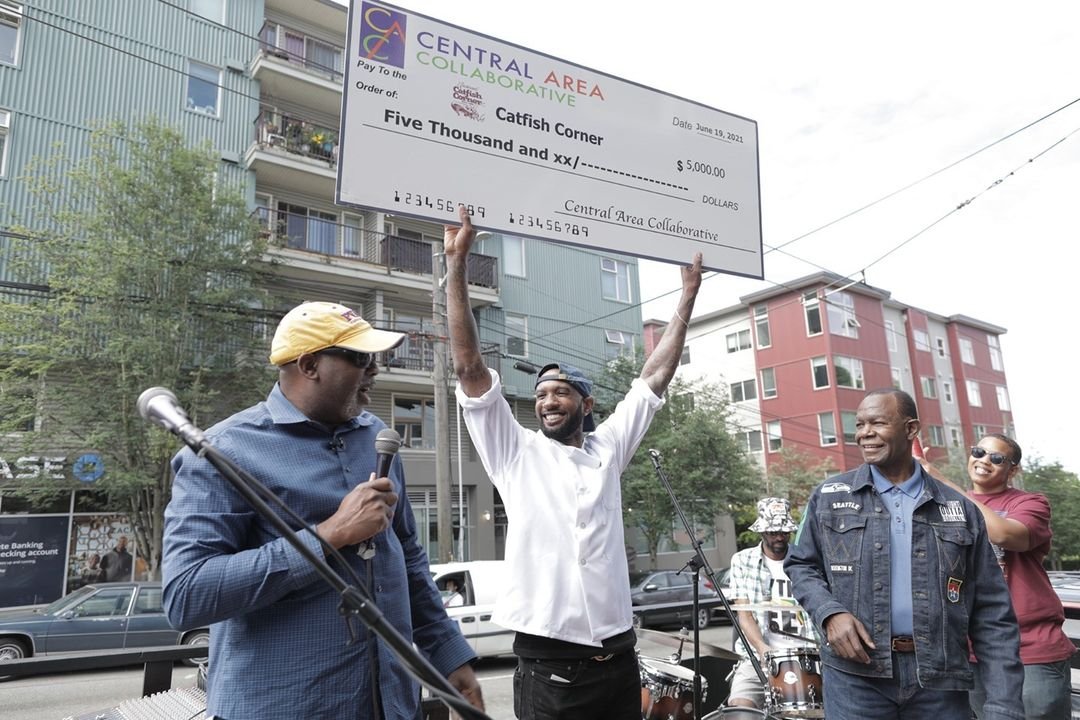
Mayor Mike McGinn today announced nearly $14 million in neighborhood transportation investments throughout Seattle as part of his 2014 Proposed Budget. These investments focus on the basics, with more funding for sidewalks, road paving, design work for bridge rehabilitation, and funding for coordinated transportation planning in four key corridors.
“Seattle’s economy is doing well, and that gives us the ability to pave more streets, build more sidewalks, repair more bridges, and conduct additional coordinated transportation planning,” said McGinn. “We’re investing in better roads and sidewalks in neighborhoods across our city.”
“Neighborhoods across Seattle are always in need of, and advocating for, more transportation investments,” said Phil Shack, chair of the City Neighborhood Council. “This commitment to invest more in our neighborhoods is much needed and very welcome.”
The mayor’s 2014 Proposed Budget represents a 37 percent increase in road maintenance funding over 2010 levels. A significant investment for people who walk is also part of this budget proposal. With more funding for pedestrian improvements like sidewalks and curb ramps, there is a 79 percent increase in Pedestrian Master Plan Implementation over the 2014 Endorsed Capital Improvement Program.
“Seattle’s Pedestrian Master Plan is the City’s guide to prioritized investments for people who walk,” said Devor Barton, chair of the Seattle Pedestrian Advisory Board. “This funding increase for plan implementation will make our streets safer, our neighborhood more walkable, and, eventually, it will make our residents healthier.”
The mayor’s budget proposal includes $776,000 to initiate coordinated transportation planning in four corridors in 2014: Beacon Avenue, Lake City Way, Greenwood Avenue, and East Marginal Way. This work will utilize pedestrian, bicycle, transit, and freight planning to recommend future investments. It will include project scoping, conceptual design, cost estimating, traffic studies, and public engagement to evaluate potential capital improvements. $2,400,000 is also included to leverage state and federal grants to significantly improve the 23rd Avenue Corridor, a corridor running through the Central District and Capitol Hill. Improvements will include sidewalk reconstruction, pavement reconstruction, a neighborhood greenway, signal upgrades, and more.
Specific maintenance and infrastructure investments include:
- $4,000,000 during 2014 and 2015 to build new sidewalks, based on Pedestrian Master Plan criteria.
- $3,000,000 during 2014 and 2015 to repair sidewalks and construct approximately 200 curb ramps.
- $1,000,000 in additional funding to repair more of the City’s arterial roadways. Projects will be selected based on pavement condition, cost, use by transit, bicycles, pedestrians and freight, traffic volume, coordination opportunities, and geographic balance across the city.
- $1,000,000 in additional funding to restore more of the city’s non-arterial streets.
- $1,000,000 over 2014-2015 to improve the pedestrian and bicycle environments near the future Northgate Light Rail Station in Northgate.
- $500,000 for design for rehabilitation or replacement of three or four of the City’s most structurally deficient bridges. This work will enable the Seattle Department of Transportation to develop competitive grant proposals for future funding.
- $200,000 to develop small-scale capital improvements at street ends during 2014 and 2015. Improvements may include stairs, benches, seating, viewing platforms, plantings or landscaping, and habitat enhancements.
- $100,000 to design and install traffic calming devices on approximately ten blocks of neighborhood streets. These improvements will help to achieve 20 miles-per-hour speed limits on residential streets near parks, schools, libraries, senior housing, neighborhood business centers, and walking routes to transit.
The $13,976,000 in neighborhood transportation investments listed above are in addition to the City’s baseline budget for similar items and are made possible through Bridging the Gap dollars, real estate excise tax revenues, and other funding sources.


